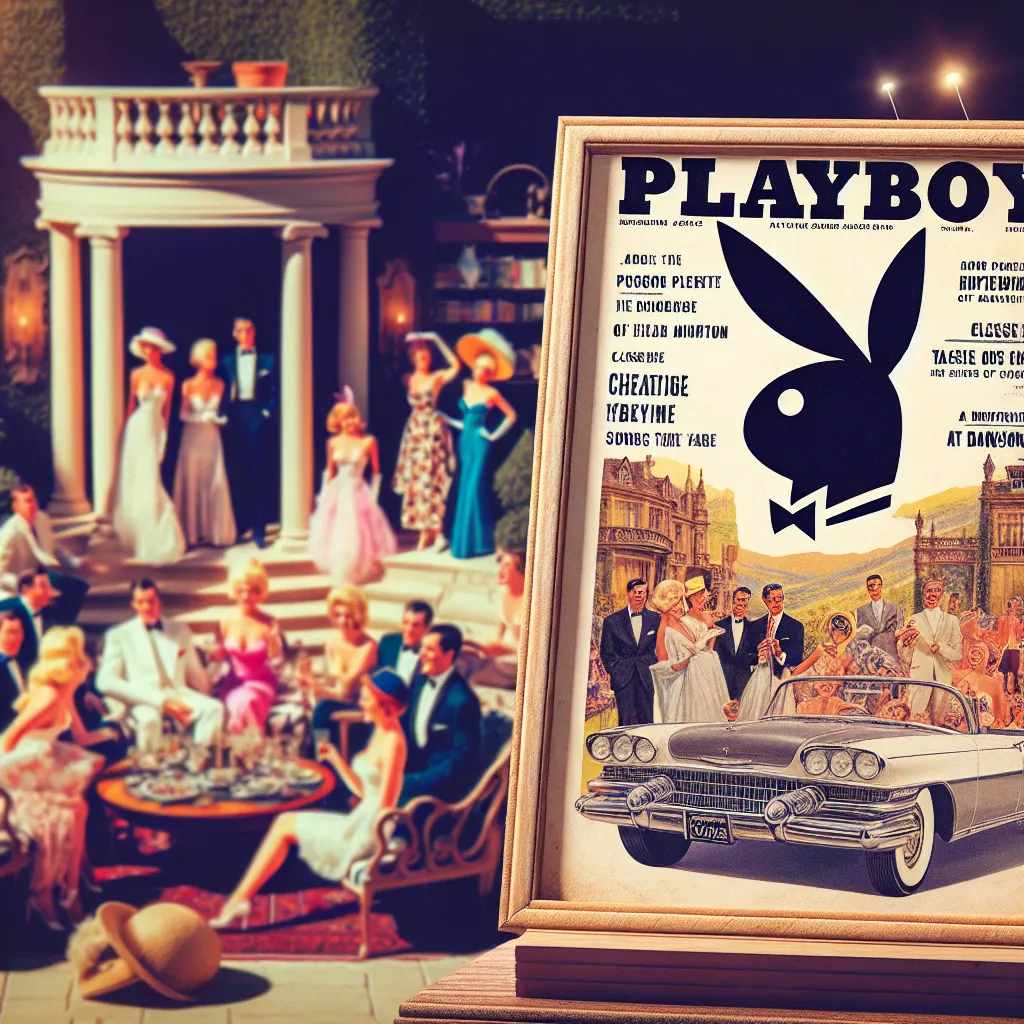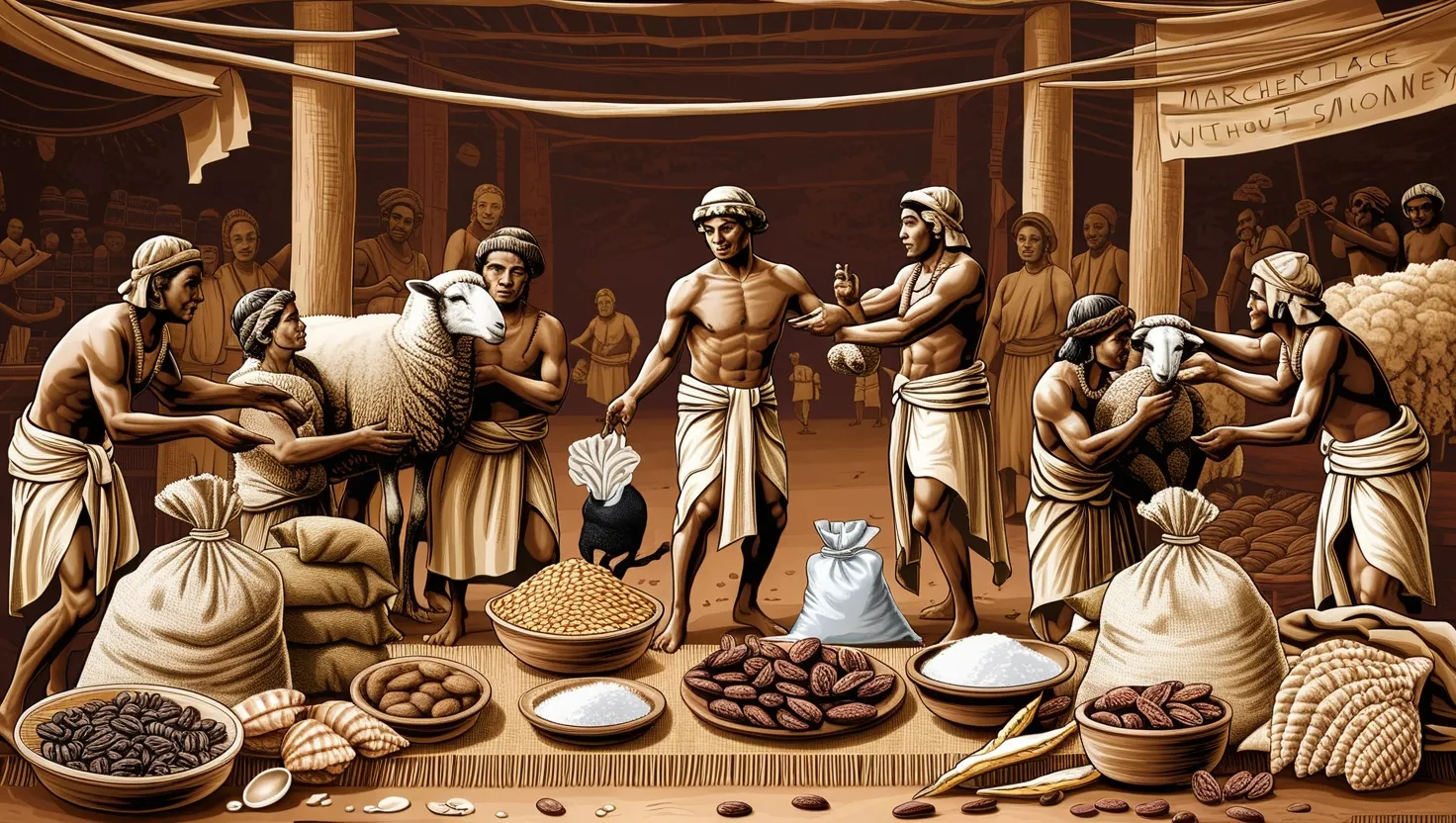Few folks today really grasp just how revolutionary Playboy was back in the 1960s. With Hugh Hefner’s recent passing, it’s a good time to revisit Playboy’s incredible ascent.
Born in Prohibition-era Chicago, Hugh Hefner grew up in a strict, conservative Protestant household. His parents made sure he avoided drinking, smoking, swearing, and even going to the movies on Sundays. Sex was a forbidden topic. To escape this world, young Hefner turned his attentions to drawing comics and creative writing. After college, where he majored in psychology, he landed an ad job at Esquire magazine. It was there he learned the secrets of a successful publishing formula.
As more Americans graduated college and secured good-paying jobs, there was a demand for a higher-quality lifestyle. Esquire painted a picture of the ideal, sophisticated modern man—one who loved fancy cars, good food, stylish clothing, and beautiful women. Hefner wanted to push this concept even further. When his boss refused to give him a five-dollar raise in 1952, Hefner quit to create his own magazine.
Combining high-quality lifestyle content with the bold move of featuring naked women, Hefner carved out a unique space. Unlike the low-quality, seedy “dirty” magazines of the time, Playboy was something you could proudly show off. Investing almost all his savings and selling stock to raise more funds, Hefner launched Playboy in December 1953. Using the famous nude calendar photos of Marilyn Monroe helped his first issue sell 55,000 copies at 50 cents each.
Playboy’s standout feature was the “Sweetheart of the Month,” later known as the Playmate. The blend of sophisticated articles from top writers, like Stephen King and Ray Bradbury, with beautiful women made Playboy a hit. Ads in the magazine were also top-tier, reflecting the ideal lifestyle of its readers, and boosting Playboy’s reputation and revenue.
By the end of the 1960s, Playboy was a massive success, pulling in $127 million in sales and interviewing high-profile figures like Malcolm X and the Beatles. The early 1970s were its golden years. Hefner, embracing his bachelor persona, bought the Playboy Mansion and threw spectacular parties. Playboy’s circulation peaked at 7.2 million readers in 1972, and it became a publicly traded company.
However, the 1980s brought challenges. Financial troubles loomed, forcing the company to close clubs and sell off investments. Hefner’s daughter Christie took over in 1982, steering the magazine towards social issues and activist content. This pivot attracted a diverse audience but also government scrutiny, which labeled Playboy as pornographic, leading to falling sales.
By the 1990s, Christie expanded Playboy internationally and took bold steps into the internet age, attracting millions of visitors but struggling against new forms of competition. The 2000s were even tougher, with massive losses and Christie resigning in 2008. Hefner took Playboy private again in 2011, passing operations to his son, Cooper. Yet, Playboy’s future remains uncertain as it battles an oversaturated market and the easy availability of online adult content.
Now, years after its peak, the question lingers: can Playboy find its place in the modern world, or will it become a relic of a bygone era? Only time will tell.






